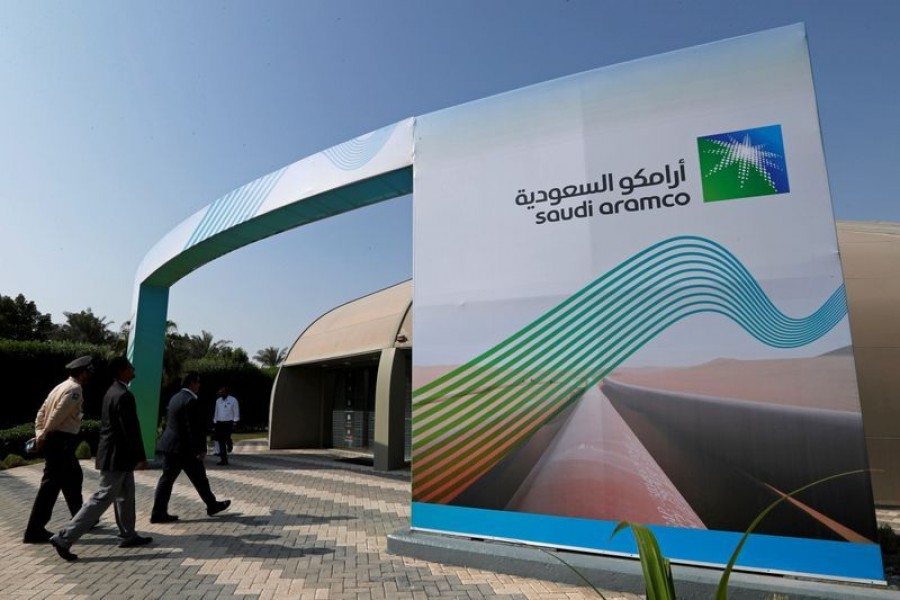Oil giant Aramco, whose dividend remains vital to helping Saudi Arabia contain a huge deficit, may have to sell assets and borrow more to fulfil its fiscal role amid uncertainty in oil prices, market specialists said.
While Saudi Arabia has increased non-oil revenues this year, Aramco still accounted for more than half its total income, and will be key to containing a budget shortfall this year forecast at 298 billion riyals ($79.4 billion), or 12 per cent of GDP.
Aramco, the world’s largest oil producer, listed in 2019 in a record $29.4 billion share sale, but the government still owns 98.2 per cent of the group.
Though its profits plummeted this year as oil prices tumbled during the Covid-19 pandemic, the company is sticking to a promised $75 billion annual dividend that will go almost entirely to the government.
While it is not obliged to maintain such a high payout, economists expect the firm to continue to offer the same support to state coffers next year.
“They can adjust the dividend to government lower, but they are more likely to maintain or increase the $75 billion and borrow if needs be,” said James Reeve, chief economist at banking firm Samba Financial Group.
Aramco declined to comment.
With oil prices at $50 per barrel or above, Aramco should be able to fund the $75 billion dividend and capex from operating cash flows, said Dmitry Marinchenko, senior director at Fitch.
“However if oil prices are lower the committed dividend level becomes unsustainable, and Aramco would need to attract additional external debt or sell assets to fund it.”
For Yousef Husseini, equity analyst at EFG Hermes, it would make sense for Aramco to do some sale and leaseback-type agreements to improve liquidity.
Aramco is working with Moelis & Co on such a strategy, two sources said. Moelis also declined to comment.
The company is already weighing up a more than $10 billion sale of a stake in its pipeline assets to global investors, and could sell more assets to raise cash, according to sources familiar with the matter.
Aramco also issued international bonds for the second time this year, raising $8 billion.
“If oil prices range around $50 per barrel, Aramco will probably need to tap the market again even if they manage to sell some of their assets,” said Alberto Bigolin, head of MENA fixed income at StoneX Group.
“But I think it will be able to do so quite nimbly given how tight the credit markets are.”
In its 2021 budget, published this week, the government has not disclosed the projected share of oil revenue for next year. Finance Minister Mohammed al-Jadaan said as Aramco has become a public company, discussing projections would be very sensitive.
Basing its estimates on a Brent price of $48 per barrel, Al Rajhi Capital said it expects government oil revenues to range from 400 to 500 billion riyals ($106.6 billion-$133.3 billion) next year, depending on Aramco’s dividends.


